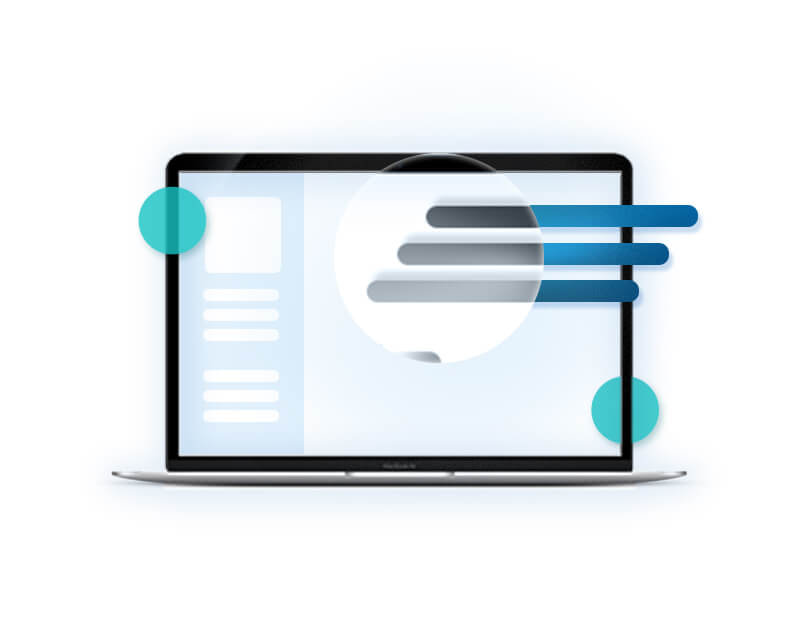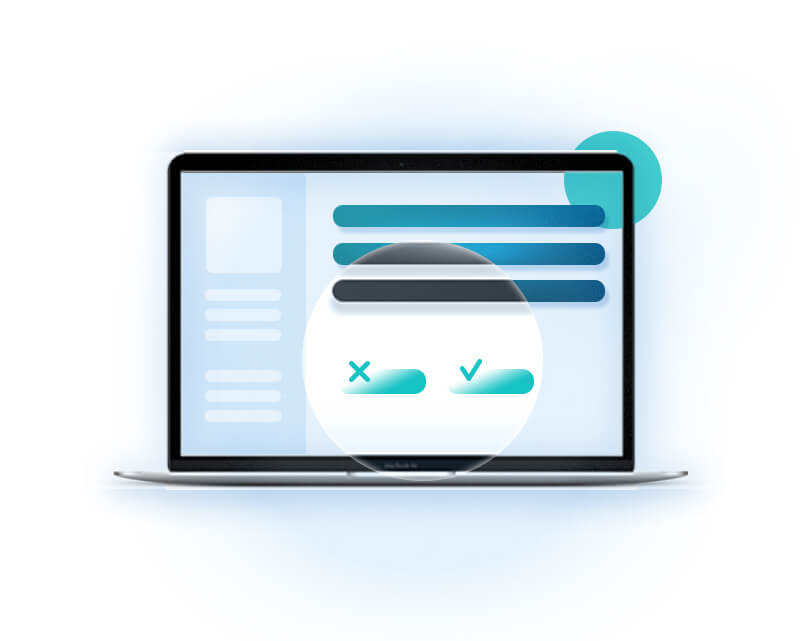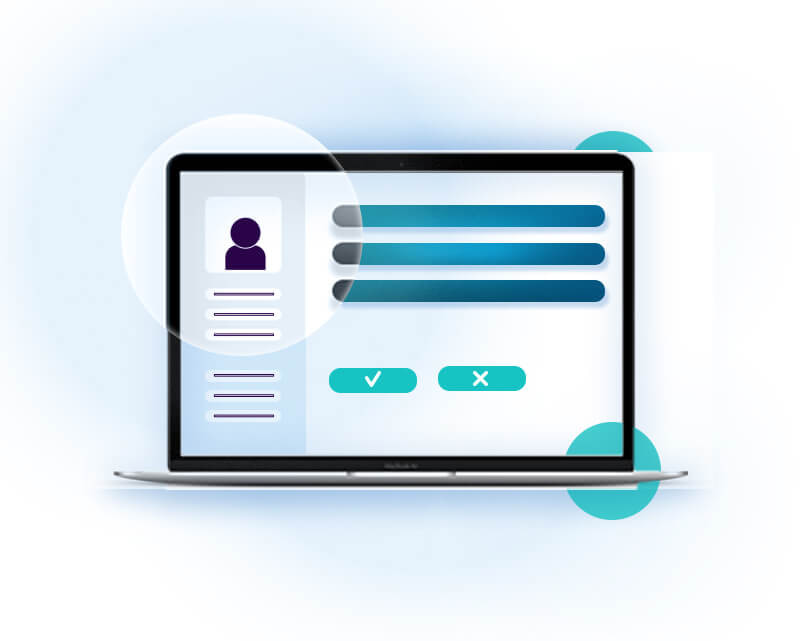The client approached us with three challenges.
Even though the client’s team provides their clients with a very complex, technical product, it serves non-technical users. As the app’s goal was to show how the main product works, it needed to be intuitive and easy to use without any special training.


